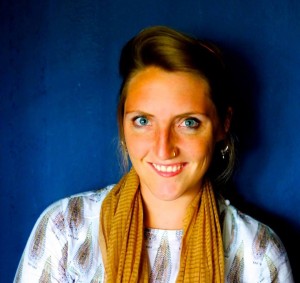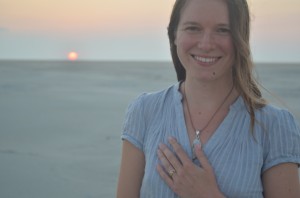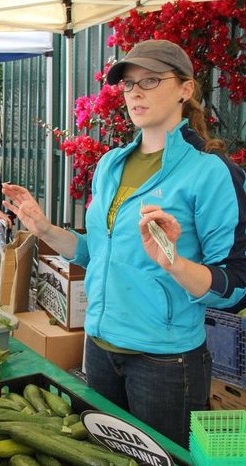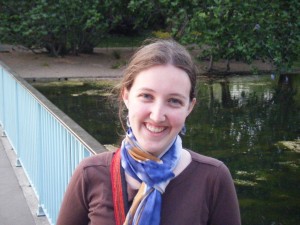This post is written in conjunction with the “Becoming a Public Scholar-Activist” course and is directed by Monica A. Coleman.
We can all describe the perfect partner: smart, beautiful, and rich. Of course, that person is always either off the market or playing for the other team (or both). That doesn’t stop us from looking.
That’s a little like how I feel about the Heath brothers’ book Made to Stick: Why Some Ideas Survive and Others Die. It’s easy enough to understand the qualities of that perfect idea, but it’s devilishly hard to get one for yourself.
Chip and Dan Heath set out through easy to understand language, perfectly illustrative examples, and helpful exercises to help their readers both understand and create the perfect idea. A perfect idea is the one that goes viral, the one that electrifies an entire community or generation, something that everyone understands and, moreover, wants a piece of for themselves.
Dan Heath studies “what makes great teachers great.” Chip Heath examines “why bad ideas sometimes won out in the social marketplace of ideas.” (p.10-11) Together, the brothers have a lot of experience and a bevy of examples of both great and not-so-great ideas, everything from urban legends to lesson plans to marketing pitches.
The book is organized around six criteria, easy to remember as SUCCESs or Simple, Unexpected, Concrete, Credible, Emotional Stories. For now, let’s stick to the first three. To catch on, or as the Heath brothers call it, to be sticky, an idea needs to be Simple, Unexpected, and Concrete.
“What we mean by ‘simple’ is finding the core of the idea,” they explain (p. 27). The core is the guiding principle that helps all other decisions fall into line. It’s as easy to follow as the needle of a compass, but as deep and complex as the Earth’s electromagnetic field. We could spend lifetimes exploring it or we could start heading north now and be on Santa’s doorstep by Christmas.
The human brain is a pattern finding machine. According to the Heaths, “The most basic way to get someone’s attention is this: Break a pattern.” (p. 64) BEING UNEXPECTED IS EASY! Of course, we quickly become acclimated to shouting (as every local car ad forgets) and keeping someone’s attention is far more difficult. This is where the combination of surprise and interest comes in. Surprise will get our attention, but only interest will keep it. The Heaths recommend a strategy of creating “gaps” in knowledge and then providing a way to fill those gaps. As a teacher, I can relate strongly to this strategy and often use it in my classrooms.
“Language is often abstract, but life is not abstract.” (p. 99) If we want to communicate in a universal language that will reach everyone, we must be concrete. Even if you’ve never seen a rock pika, if I told you it was a cross between a rabbit and a mouse you could picture one in your head. If I told you it was a small mammal that lives in cold, rocky areas and makes a high-pitched whistle, you could be holding one in your hand and not know it.
This all sounds pretty easy, right? Simple, unexpected, concrete, no problem. So why is the perfect idea as hard to find as the perfect mate? The Heaths explain this as the “curse of knowledge” or “We forget that other people don’t know what we know.” (p. 129)
On top of that is the “curse of expertise.” Understanding the abstract details, from fluid dynamics to sabermetrics, comes from years of passionate study – and they want to share that passion with you! Just hang around at any academic conference or comic-con and you’ll see what I mean.
Nevertheless, the perfect idea is out there, according to Dan and Chip Heath. It’s there waiting to sweep us off our feet, but that’s the other half of the story…
Monica Sanford is a fifth-generation Nebraskan who ditched a career in architecture and city planning to move to California and become a Buddhist chaplain. After receiving her MDiv from University of the West in 2013, she now studies in the Practical Theology PhD program at Claremont Lincoln University. Monica blogs about her adventures at dharmacowgirl.wordpress.com.











